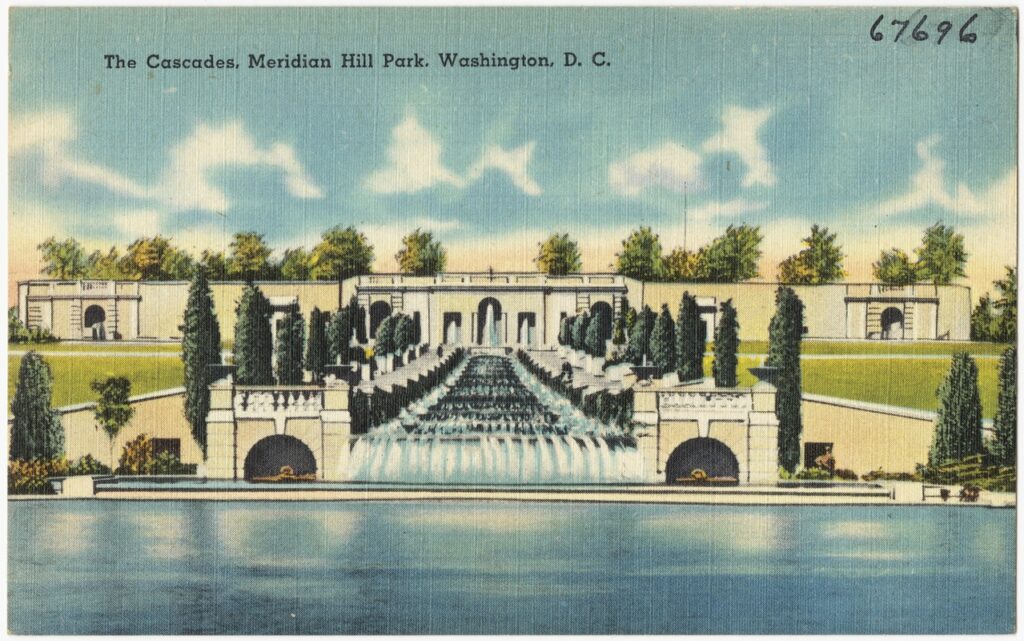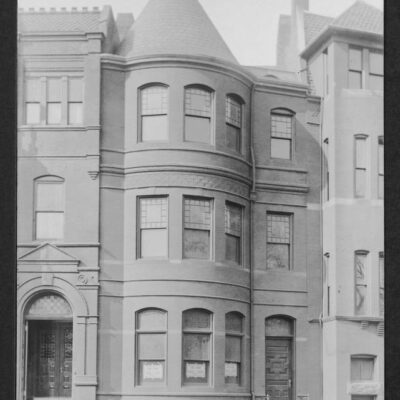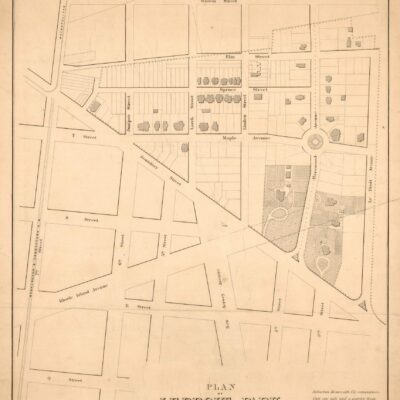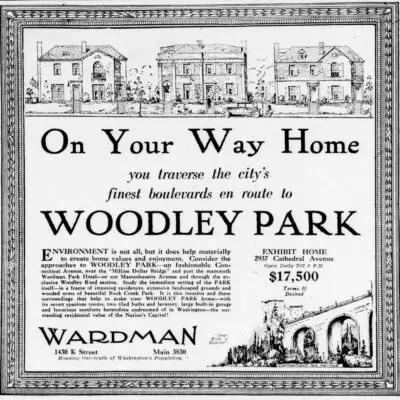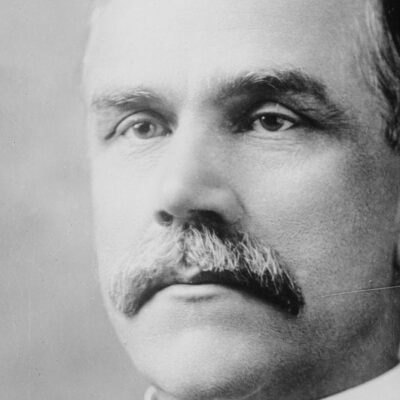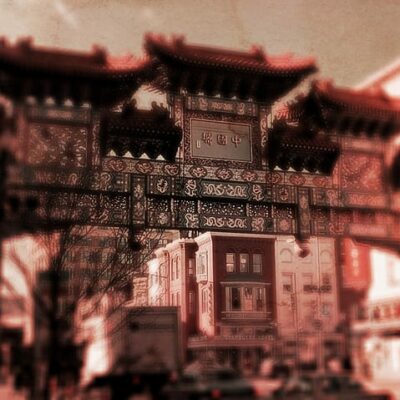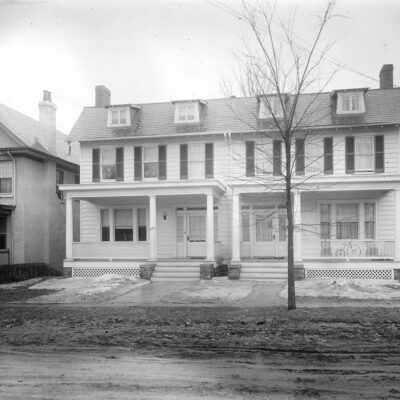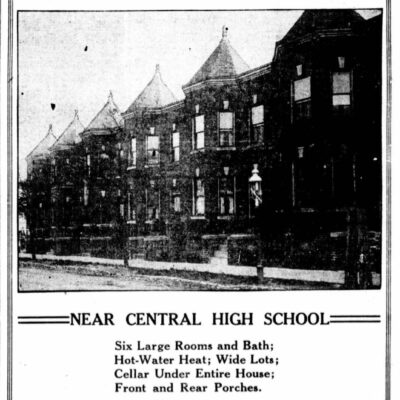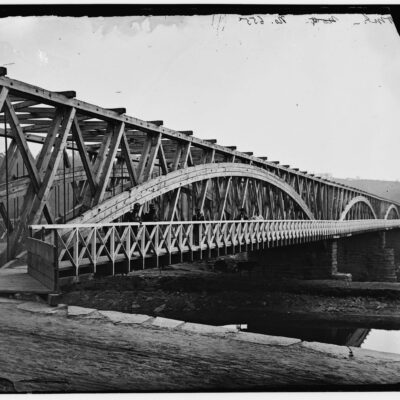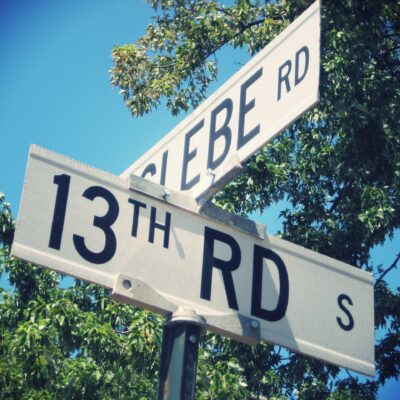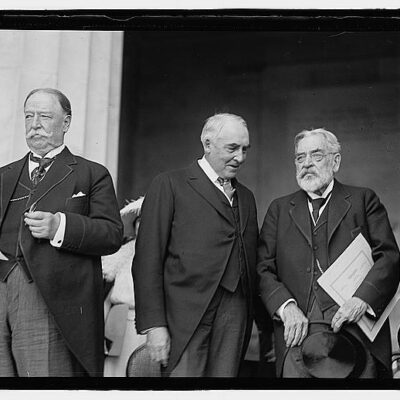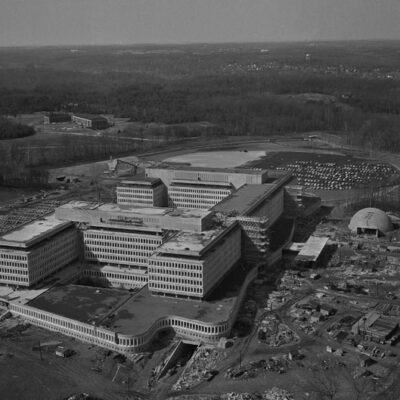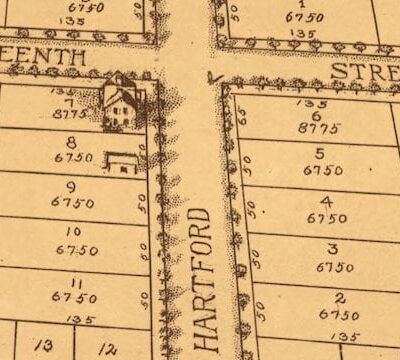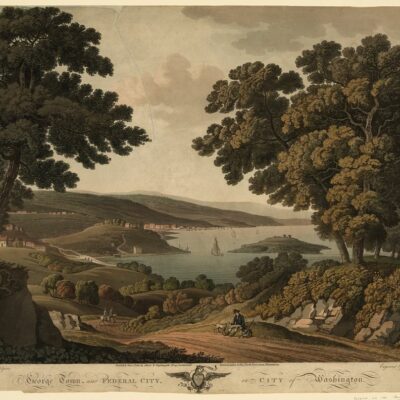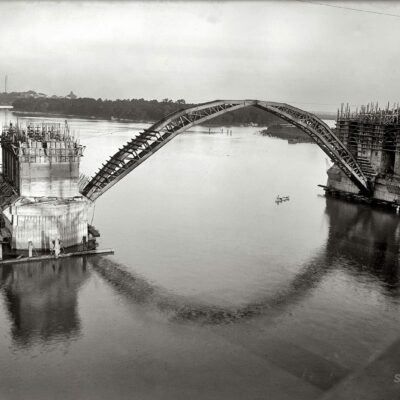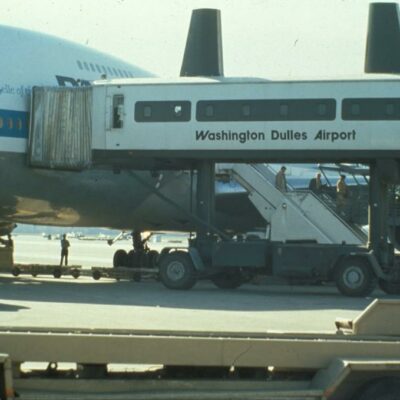This is a great bit of Washington trivia for everyone to commit to memory … especially if you live anywhere along 16th St. NW.
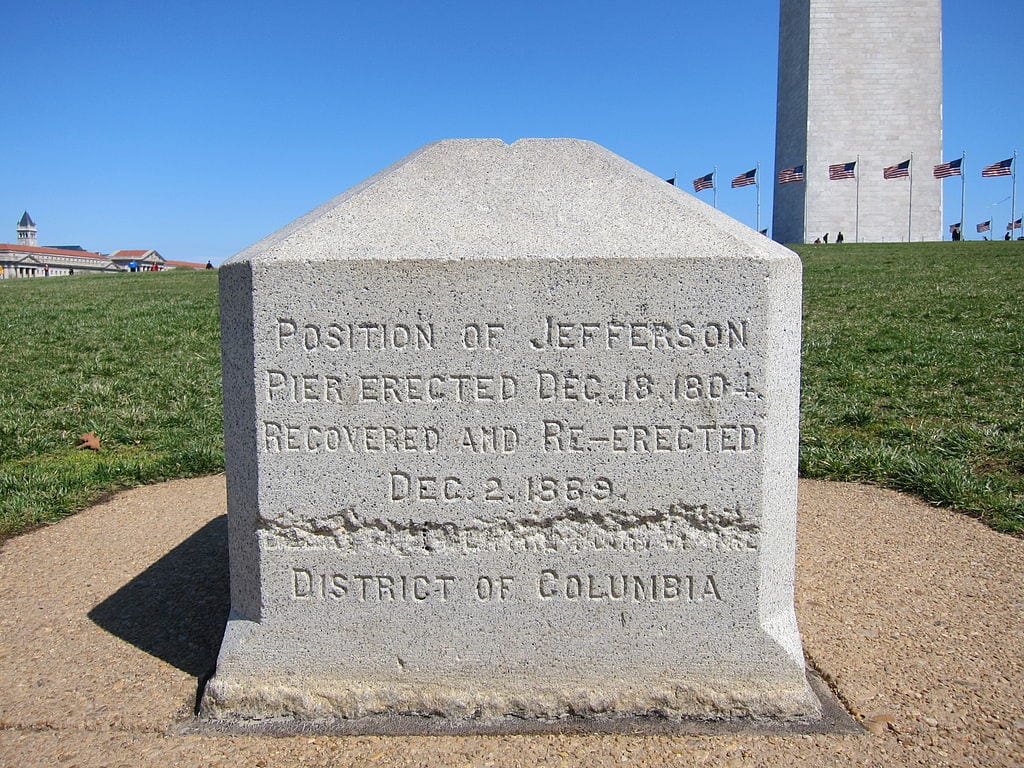
Pierre L’Enfant had originally planned the City of Washington around a right triangle, with the eastern portion at the Capitol, the northern portion at the White House and the 90 degree angle close to where the Washington Monument sits today. Thomas Jefferson marked this spot in 1793 with a wooden post, which was replaced in 1804 with the Jefferson Pier.
The north-south line from this point to the White House would form a prime meridian for the United States, dubbed the Washington Meridian.
Also in 1804, Jefferson placed an obelisk on a sloping hill about a mile and a half due north of the White House. This marker was at the end of 16th St., just outside of Boundary Street (i.e., Florida Avenue), past the city limits.
The marker was eventually removed when 16th St. was extended further north to the streetcar suburbs, but today, you can see a sign on the east side of 16th St., marking the former spot of the obelisk. The next time you walk up 16th St., look for the sign on the wall of Meridian Hill Park.
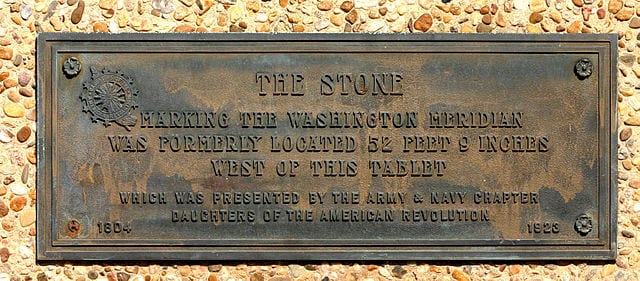
The Washington Meridian travels due north from the White House and continues right down the center of 16th St., all the way to the Maryland line. Given its location right on the meridian, the hill was named Meridian Hill.
A number of other points of interest are lined up with the Washington Meridian. The statue of Andrew Jackson in Lafayette Park is one. On the south side of the White House, the Meridian Stone was placed in the center of the Ellipse in 1890 and in 1923, the Zero Milestone was placed at the top of the Ellipse.
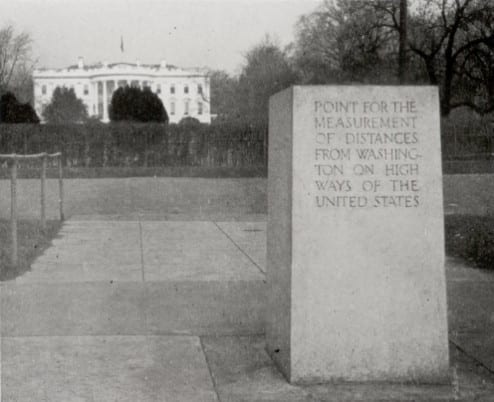
Of course, we mentioned 16th St. following the path of the meridian, and as such, sometimes it is referred to as the 16th Street Meridian. At the top of the District, the boundary stone marker sits just to the east of it, marking the line between Maryland and D.C.
Finally, an interesting location, which I didn’t know lined up with the meridian, is the Jefferson Memorial. But, given his involvement in marking the meridian, it’s now obvious.
So, there you have it. Meridian Hill, one of the few hills in D.C., and a bitch to bike up in the summer, especially the 15th St. side.
